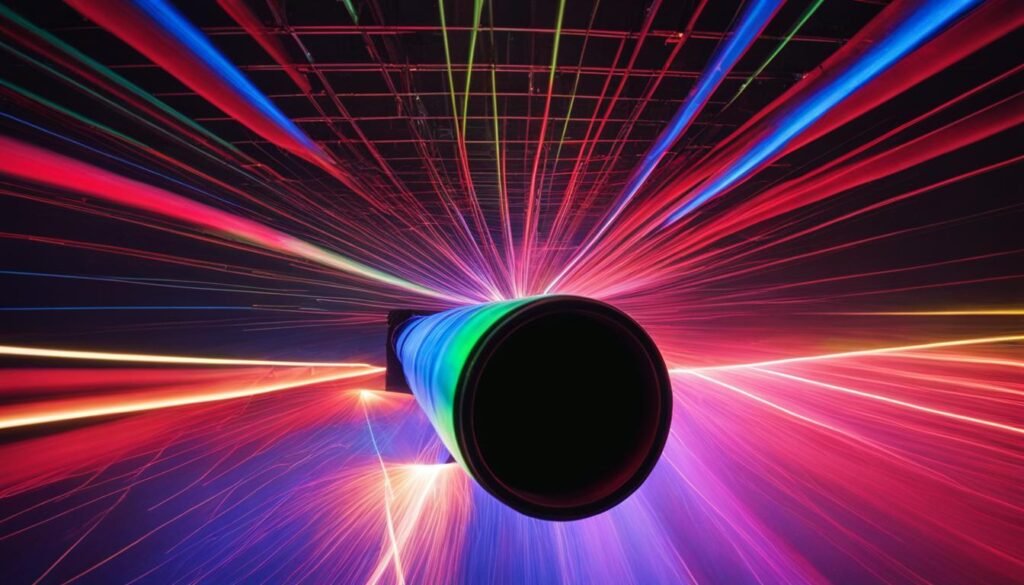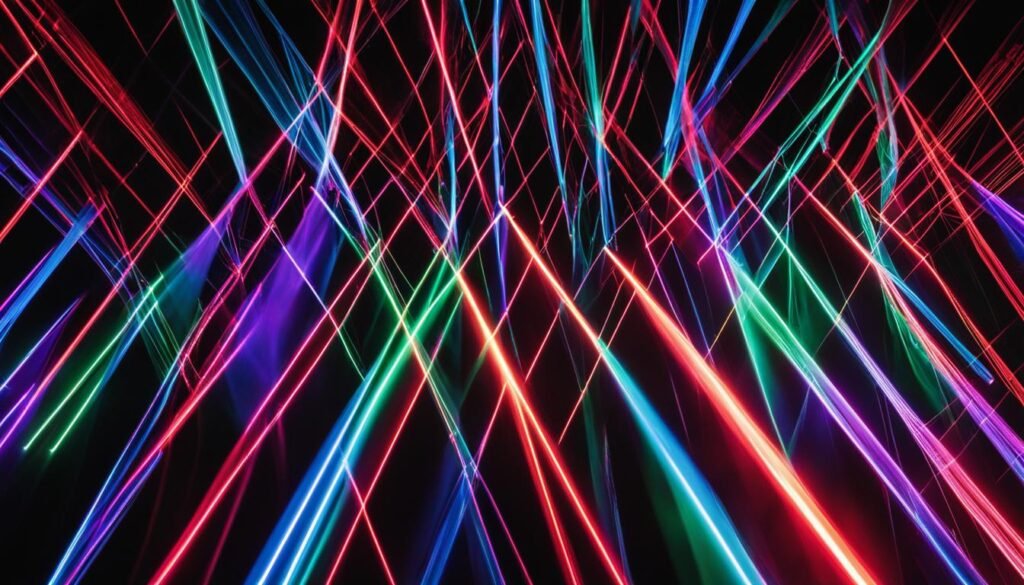Contents
Understanding Mode-locked Fiber Lasers
Introduction to Fiber Lasers
Fiber lasers are a type of laser where the active gain medium is an optical fiber doped with rare-earth elements such as erbium, ytterbium, or neodymium. These lasers are known for their ability to generate ultrashort pulses, typically in the picosecond or femtosecond range, through a process known as mode locking.
Advantages of Fiber Lasers
Fiber lasers offer numerous advantages, including high gain efficiency, compactness, and robustness. They can operate with low pump powers and can be fabricated at a low cost. Additionally, their output is naturally fiber-coupled, making them compatible with telecom systems. Double-clad fibers allow for high output powers, enhancing their utility in various applications.
Challenges in Mode-locked Fiber Lasers
Despite their advantages, fiber lasers face challenges such as strong nonlinearities and chromatic dispersion, which can limit pulse energy, peak power, and pulse quality. Achieving high pulse repetition rates is also challenging, often requiring harmonic mode locking. The uncontrolled birefringence of fibers can further complicate their operation.
Types of Mode-locked Fiber Lasers
1.5-μm Femtosecond Erbium Fiber Lasers
Erbium-doped fibers are commonly used for generating femtosecond pulses. These lasers benefit from a broad gain bandwidth, allowing for pulse durations in the femtosecond range. The laser design can be simple or sophisticated, such as the figure-eight laser setup, which uses a nonlinear amplifying loop mirror to mode-lock the laser.
Ytterbium-based 1-μm Femtosecond Fiber Lasers
Ytterbium-doped fiber lasers emit in the 1000–1100 nm range and often require additional anomalous dispersion to generate femtosecond pulses. Techniques developed for erbium lasers can be adapted for these lasers, offering similar pulse durations and output powers.
Stretched-pulse Fiber Lasers
Stretched-pulse fiber lasers use dispersion management to periodically stretch and compress pulses, allowing for higher pulse energies without excessive nonlinear phase shifts. This technique enables the generation of nanojoule energy femtosecond pulses.
Similariton Fiber Lasers with Parabolic Pulses
Similariton fiber lasers use parabolic pulse amplification in a normal dispersion regime. They emit chirped pulses that can be compressed outside the laser resonator, achieving pulse durations below 100 fs.
Technical Considerations
High Pulse Repetition Rates
Achieving multi-gigahertz pulse repetition rates requires harmonic mode locking, which can be complex and challenging to optimize for stability and reliability.
Dispersion and Nonlinearity
Fiber lasers exhibit strong dispersive and nonlinear effects, which can limit performance. Dispersion compensation and management of nonlinearity are crucial for optimal operation.
Saturable Absorbers and Self-starting Issues
Saturable absorbers are essential for passive mode locking but require careful design to handle strong nonlinear and dispersive effects. Self-starting mode locking can be difficult to achieve due to parasitic reflections and long resonator lengths.
Conclusion
Fiber lasers offer significant advantages for ultrashort pulse generation but face challenges due to dispersion and nonlinearity. Understanding these challenges and employing advanced techniques can lead to high-performance mode-locked fiber lasers suitable for various applications.
This blog post provides a comprehensive overview of mode-locked fiber lasers, highlighting their advantages, challenges, and various types. The content is structured to be informative and accessible, making it suitable for readers interested in photonics and laser technologies.




